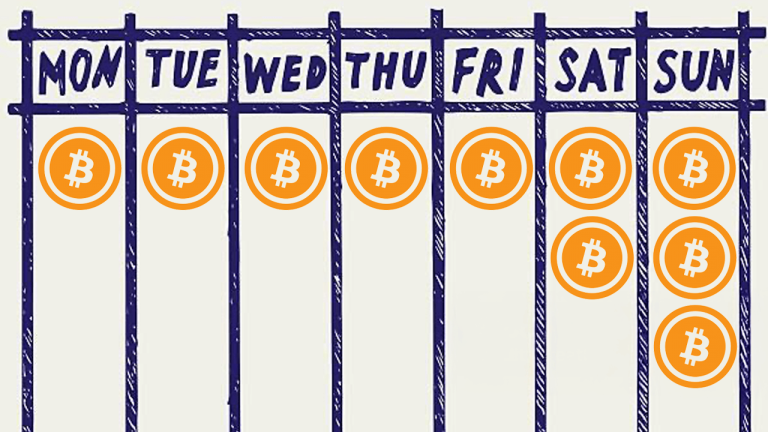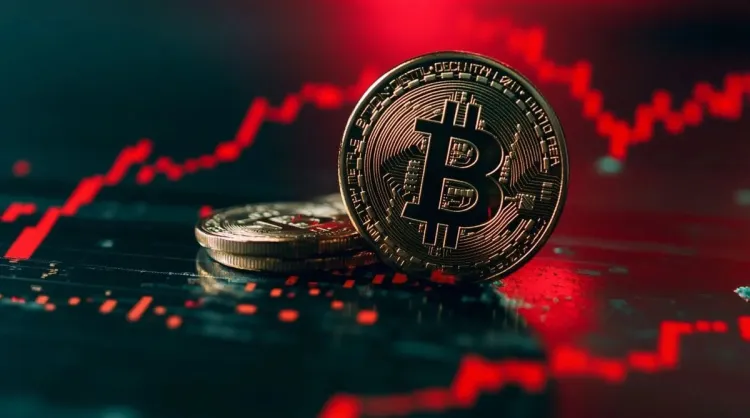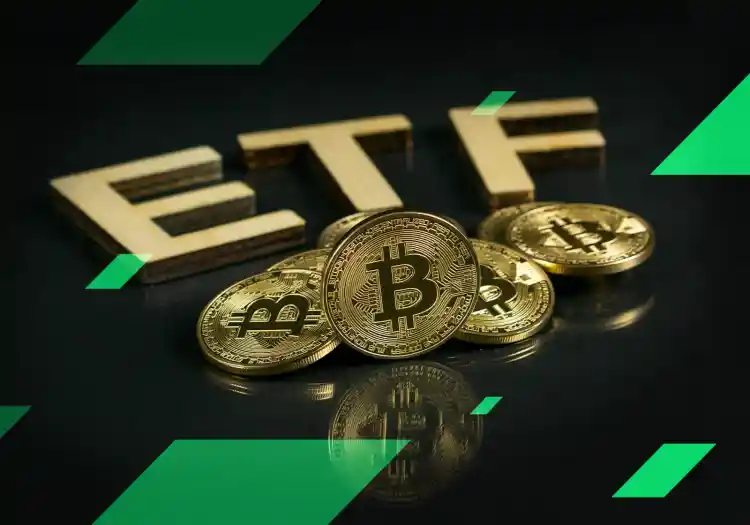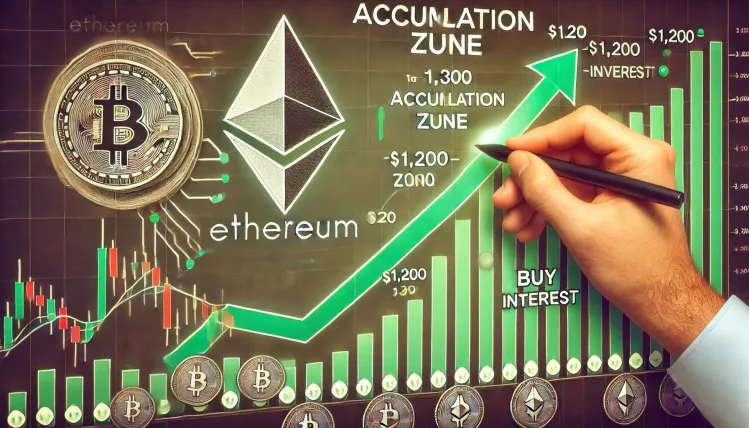
Bitcoin, the world’s most recognized cryptocurrency, has long been subject to a cyclical pattern that has intrigued investors and analysts alike. Known as the “four-year cycle,” this pattern revolves around Bitcoin’s halving events, which take place approximately every four years. These halving events reduce the rate at which new Bitcoin is mined, and historically, they have been followed by significant price rallies, making them a focal point for Bitcoin enthusiasts and market watchers.
However, as Bitcoin approaches its next halving in 2025, questions are starting to arise: Is the four-year cycle still relevant? Has the halving rally run its course? Is the market’s reaction to Bitcoin halvings changing, or has the dynamic around Bitcoin’s price cycles shifted fundamentally? In this article, we will explore the significance of Bitcoin’s halving events, the evolution of its four-year cycle, and whether the anticipated rally is truly “dead” or just evolving into something different.
Understanding the Four-Year Cycle: A Historical Overview
Bitcoin’s four-year cycle is intrinsically linked to its halving events, which occur roughly every 210,000 blocks, or approximately every four years. These halvings reduce the block reward miners receive for confirming transactions by half, effectively cutting the rate at which new Bitcoin enters circulation. The reduction in new supply has historically created a supply-demand imbalance, often driving prices upward in the months and years following each halving event.
Here’s a quick recap of the major halvings and their associated market behaviors:
2012 Halving (First Halving):
The first halving occurred in November 2012, reducing the reward for miners from 50 BTC to 25 BTC per block. Following this halving, Bitcoin’s price skyrocketed from around $12 to $1,200 by late 2013, marking its first major bull run.
2016 Halving (Second Halving):
The second halving took place in July 2016, reducing the reward to 12.5 BTC. This event was followed by a prolonged bull run that peaked in December 2017, when Bitcoin hit nearly $20,000. The post-halving rally was fueled by growing institutional interest, regulatory clarity, and increasing media coverage of Bitcoin’s potential as a store of value.
2020 Halving (Third Halving):
The third halving, which occurred in May 2020, reduced the mining reward to 6.25 BTC. The market response to this halving was relatively muted at first, but by late 2020 and into 2021, Bitcoin saw an explosive rally that pushed its price to an all-time high of nearly $69,000 in November 2021. This was followed by a significant correction, which some analysts attributed to market exhaustion after the post-halving euphoria.
Is the Four-Year Cycle Still Valid?
Historically, each halving has been followed by a bull run, but this pattern may not be as reliable in the future. Several factors are currently casting doubt on the predictability of Bitcoin’s four-year cycle, including market maturation, increased regulatory scrutiny, and changes in investor behavior.
1. Market Maturation and Institutional Involvement:
Bitcoin’s market is no longer solely driven by retail investors or speculators looking to capitalize on price swings. Over the past few years, institutional investors, such as hedge funds, publicly traded companies, and large financial institutions, have entered the market, bringing with them a different set of expectations and dynamics.
The influx of institutional capital has introduced more stability to Bitcoin’s price, but it has also reduced the influence of speculative retail traders who traditionally fueled the post-halving rallies. While institutional involvement brings legitimacy to Bitcoin, it also introduces a more cautious and long-term outlook, making rapid price increases less likely.
Additionally, with Bitcoin becoming more mainstream, its price movements may be less influenced by its halving events, as these institutional investors are more likely to focus on long-term fundamentals rather than short-term market cycles.
2. Increased Regulatory Scrutiny:
Increased regulatory scrutiny is another factor that could disrupt Bitcoin’s four-year cycle. Governments around the world, especially in the United States, have become more proactive in regulating cryptocurrencies, which could limit the market’s ability to operate freely.
For instance, if regulatory authorities impose stricter rules on Bitcoin exchanges or transactions, it could dampen investor enthusiasm and prevent Bitcoin from experiencing the same kind of explosive growth post-halving that it has in the past. Regulatory uncertainty could also lead to increased volatility in the short term, preventing the predictable price rise that typically follows a halving event.
3. Growing Competition from Other Cryptocurrencies:
Bitcoin is no longer the only cryptocurrency vying for attention. The rise of altcoins, including Ethereum, Solana, and others, has introduced new players into the market that offer unique use cases, faster transaction speeds, and more advanced features.
This growing competition could dilute Bitcoin’s dominance in the cryptocurrency space and make its halving events less significant. If investors begin to see other cryptocurrencies as equally viable investment opportunities, Bitcoin may no longer enjoy the same level of price appreciation after its halving events. Instead, capital could flow into altcoins, causing Bitcoin’s post-halving rallies to become less pronounced or entirely absent.
4. Changing Sentiment Among Retail Investors:
Retail sentiment has historically played a major role in driving Bitcoin’s price in the wake of halving events. However, with increased volatility and the maturation of the market, retail investors may become more cautious or even lose interest in speculative trading. The rise of decentralized finance (DeFi) and non-fungible tokens (NFTs) has also shifted focus away from Bitcoin, making it a less attractive investment for some retail traders who are now exploring other opportunities in the crypto space.
Moreover, the psychological factor that once led retail traders to expect a post-halving rally might no longer be as influential. As more investors become aware of the limitations of halving as a price-driving mechanism, there may be less enthusiasm surrounding future halvings.
What’s Next for Bitcoin’s Price and the Halving Cycle?
Despite the doubts surrounding Bitcoin’s four-year cycle, there are still several reasons to believe that Bitcoin could see significant price increases following the 2025 halving, though the nature of the rally might differ from previous cycles.
1. Continued Institutional Adoption:
Institutional involvement in Bitcoin is expected to grow, even though these investors may not drive short-term price volatility. Over time, this adoption could lead to a more stable and predictable long-term price trajectory, with institutional investors seeing Bitcoin as a hedge against inflation, a store of value, or a diversifier in their portfolios.
2. Global Economic Uncertainty:
As the global economic environment continues to face challenges, including inflationary pressures, currency devaluation, and geopolitical instability, Bitcoin’s role as a store of value could become even more prominent. In times of financial uncertainty, more investors may flock to Bitcoin as an alternative asset class, potentially leading to price increases post-halving.
3. Technological Upgrades and Network Improvements:
Bitcoin’s underlying technology is continually evolving, with improvements to scalability, security, and user experience. These upgrades could attract more users to the network, increasing demand for Bitcoin and potentially driving prices up after the halving.
Conclusion: Is the Halving Rally Dead?
While there are valid reasons to question whether Bitcoin’s traditional four-year cycle will continue to produce the same kind of price rallies that it has in the past, it is not entirely “dead.” The dynamics of the market have changed, and so too have the drivers of Bitcoin’s price movements. Institutional involvement, regulatory challenges, and increased competition from other cryptocurrencies have altered the landscape, but Bitcoin still holds a unique position in the global financial ecosystem.
The halving events will likely continue to play a role in shaping Bitcoin’s supply and demand, but future rallies may not be as predictable or as explosive as they have been in the past. Investors and analysts must remain flexible in their outlook and understand that Bitcoin’s future cycles may be influenced by a broader set of factors beyond the halving event alone.
In conclusion, while the halving rally may not be “dead,” it is undoubtedly evolving. Whether Bitcoin’s price will soar to new heights post-halving or experience a more muted reaction will depend on how the market adapts to the changing conditions in the cryptocurrency space.




